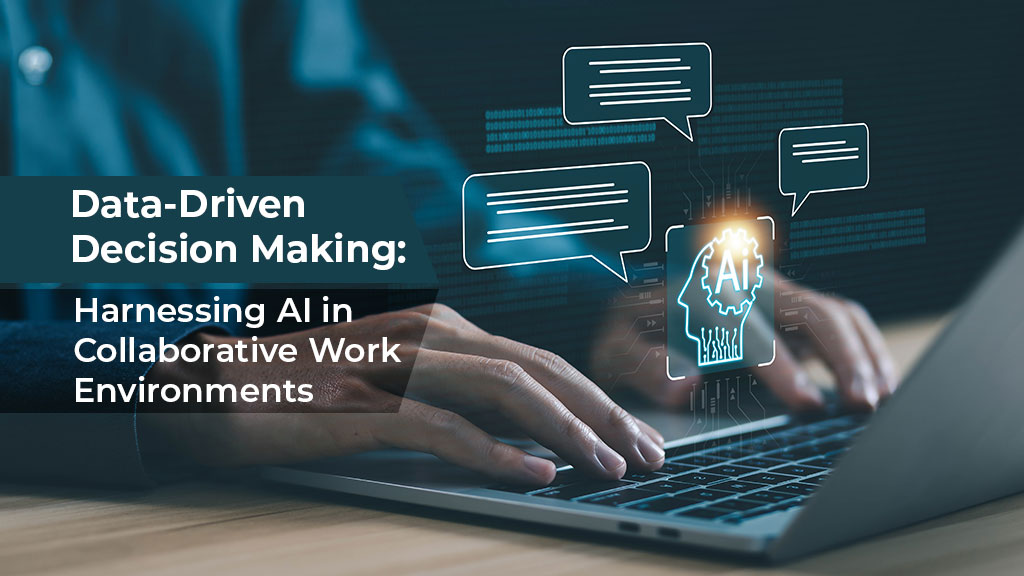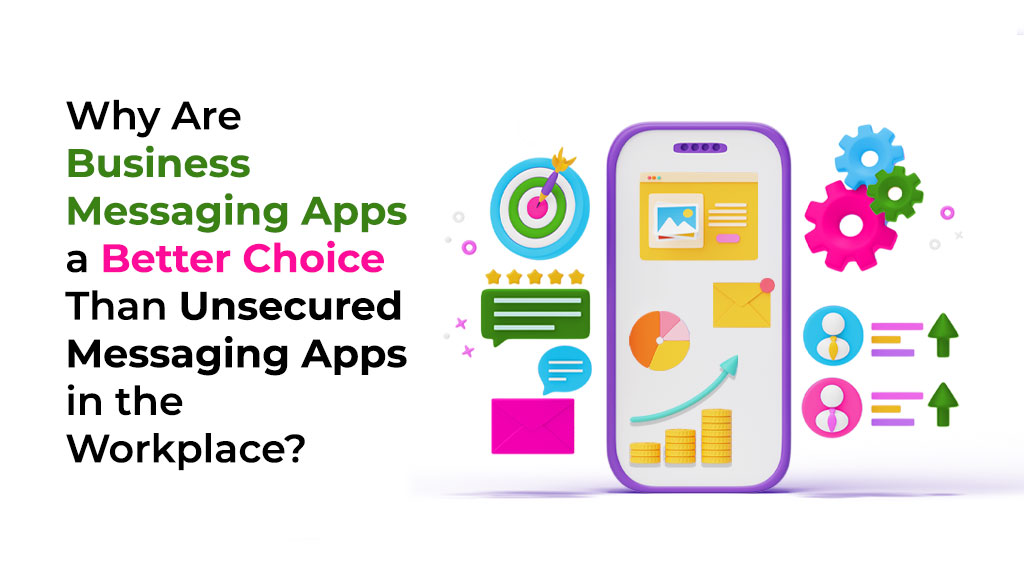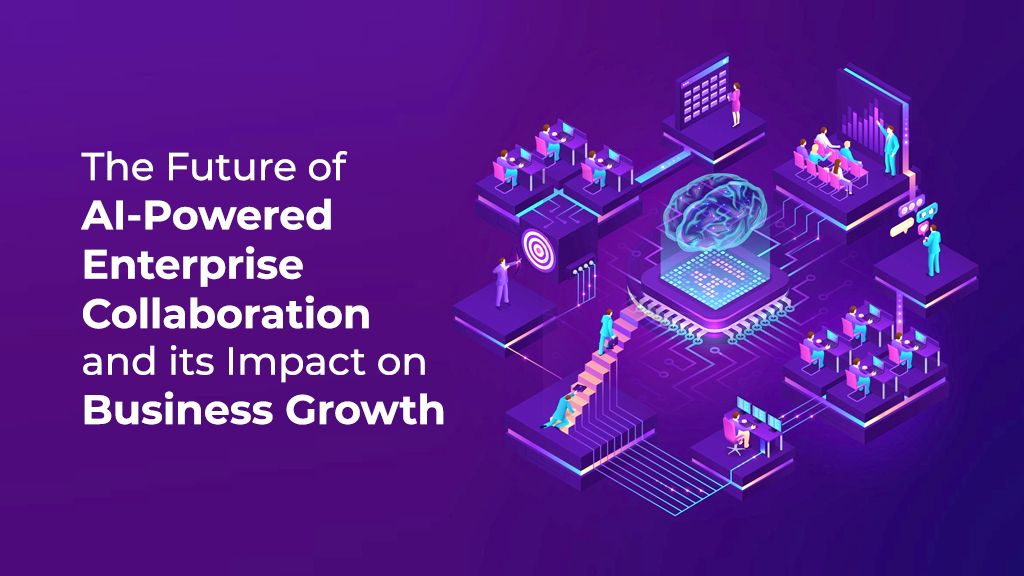Data-Driven Decision Making: Harnessing AI in Collaborative Work Environments

There’s no denying that the future of collaboration technology will be shaped by artificial intelligence (AI). According to a recent report, 37% of employers believe increasing human-AI collaboration and reskilling/upskilling the workforce will be key strategies in the upcoming year. With tools like ChatGPT, IBM Watson, and Salesforce Einstein now increasingly part of our daily […]
Why Are Business Messaging Apps a Better Choice Than Unsecured Messaging Apps in the Workplace?

With the rise of remote work and the increasing need for instant collaboration, the choice of messaging apps in the workplace has become a critical decision. While many employees may turn to popular unsecured messaging apps for business communication, the potential risks associated with these platforms make secure messaging apps a superior choice for fostering […]
The Future of AI-Powered Enterprise Collaboration System and its Impact on Business Growth

The Future of AI-Powered Enterprise Collaboration System: Significance of enterprise collaboration in the business sector Role of business automation in upscaling enterprise collaboration How AI is revamping the future of enterprise collaboration? The impact of business automation on overall organizational growth There is a growing buzz of Enterprise Collaboration System in the business sector as […]
